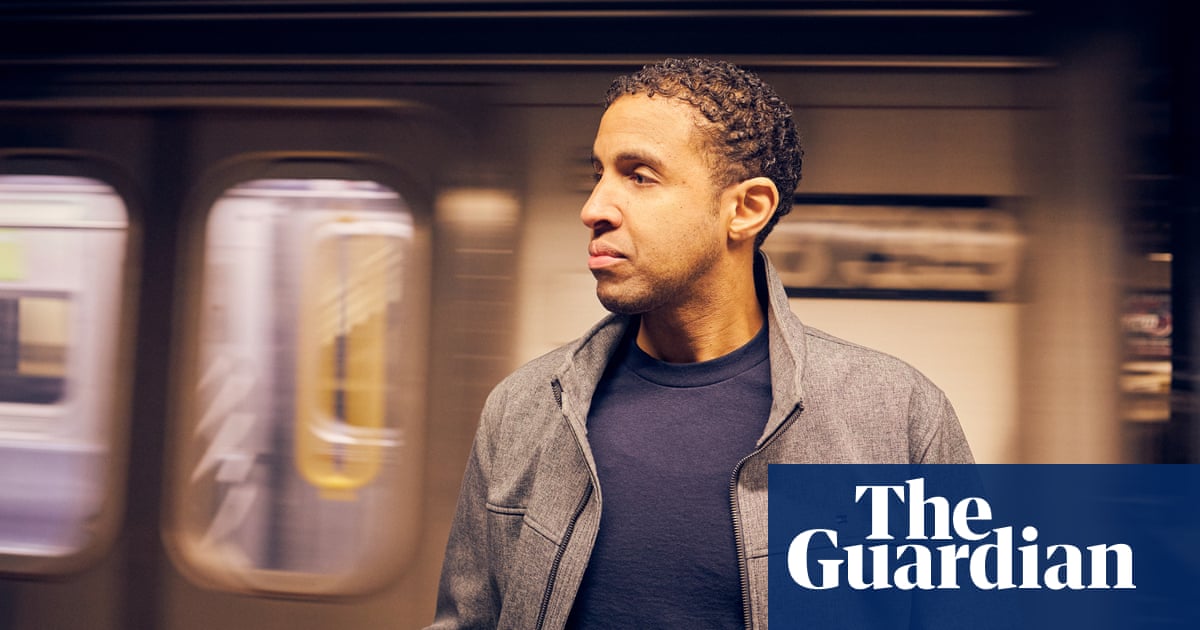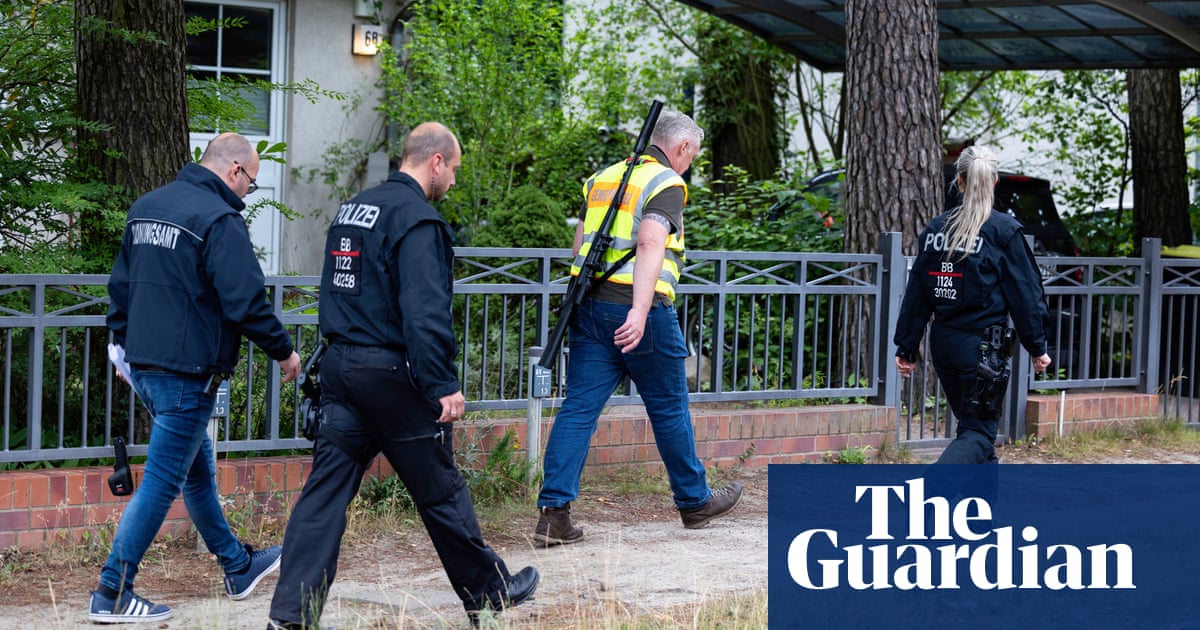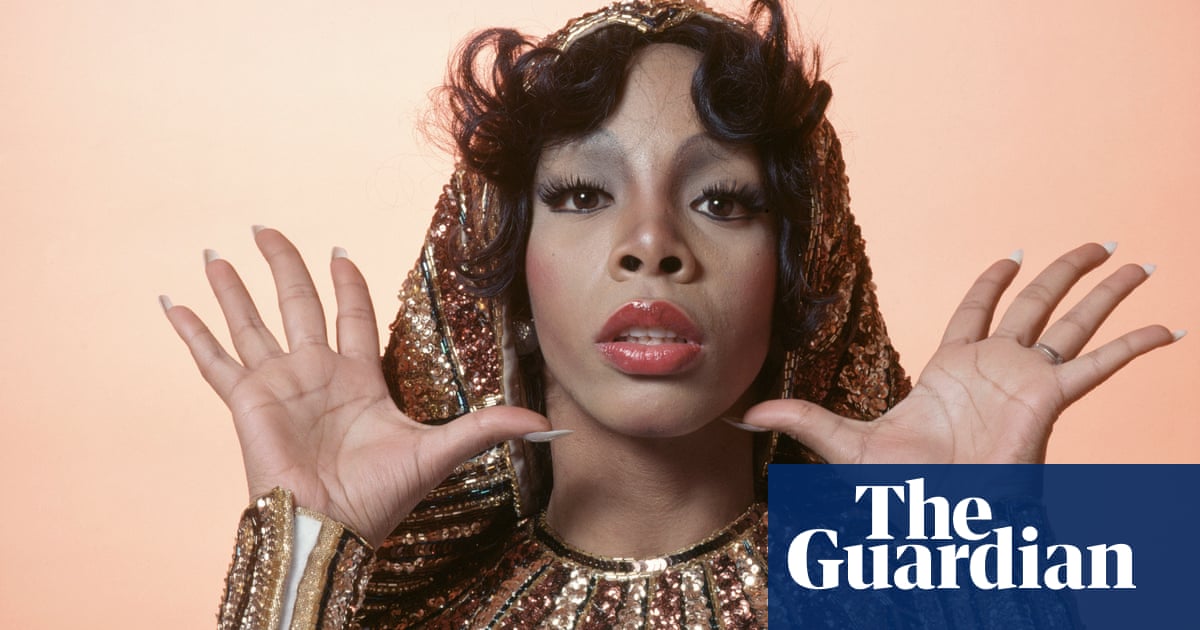
Ihave always loved being in the ocean. As a toddler, I swam before I walked. My dad was a Navy Seal and would take me bodysurfing, on his back, near our home in Kailua, Hawaii, where I now live again, one block from the water.
When I was growing up in the 80s, surfing was considered a boys’ pursuit. I was jealous of them with their boogie boards and surfboards. When I was 12, a family friend gave me their board. As far as I know, I was the first girl on this side of the island to surf. It was glorious, even though people often told me I didn’t belong out there.
I went to university in California and surfed there. Longing for adventure, I bought a truck and started driving south, settling in Costa Rica, where I started a women’s surf camp. A decade later, I returned to Hawaii for a master’s in linguistics and to work as a massage therapist and personal trainer, and to continue surfing, which took me to Mexico, Fiji, Tahiti, Australia, New Zealand and Indonesia.
One day in December 2021, I drove out at dawn to Mokulē’ia beach on Oahu’s north shore. I picked a spot to surf and went down to the shore with a friend. It was a beautiful morning. The sun was out and the waves no bigger than two feet. We paddled out; he went right and I turned left. The nearest people were 200 metres away.
I began surfing the waves, then saw something floating towards me. I wondered if it was a seal, but it looked stiff. Suddenly, it lifted its head out of the water. I was eye to eye with a wild boar, only 1.5 metres from me. It was shocked – and so was I. It had a bloody face as if it had been attacked, the longest snout, with tusks like a baby mastodon, and a look of desperation. I was afraid and, more than that, surprised. What was it doing here?
It started piggy-paddling towards me with all its might. I turned to paddle away, but its face was at my foot. I got off my board and placed it between us as a safety barrier. The pig pulled itself up and took a chunk out of the board with its teeth. I swam underwater in the other direction, and when I surfaced 3 metres away I realised it had broken through the fibreglass casing of the board and crunched through the foam. There was a giant bite mark. That could have been me.
The last I saw of the boar was it swimming out to sea, but I still needed to get out of the water because the blood from its face could invite a feeding frenzy from bigger animals. I paddled to the beach, where I discovered its tracks alongside those of hunting dogs. It looked as though it had been chased out into the ocean. My friend said it was the only time he’d seen me scared.
On the beach, a surfer known as Surf Trivia Guy asked to record an interview with me. It was picked up by news channels and circulated around the world. I didn’t dwell on what had happened too much, but understood why others were intrigued. It was fun to see my interview translated into different languages.
I wasn’t too traumatised; I don’t consider it to be my most shocking encounter in the ocean. Three years ago, while swimming off Namotu Island in Fiji, I was stung by an Irukandji jellyfish, among the deadliest creatures in the ocean, with venom 100 times stronger than a cobra. I had to pull its tentacles off my face and was taken to hospital by helicopter. In 2000, I was stung by a stingray in Mexico, and in 2002 I dodged a venomous sea snake in Costa Rica.
Despite all the near misses, I can’t get enough of the ocean. There are days when the water near home is a brilliant, clear aquamarine, with purple coral visible. It’s beautiful and always surprising. I surf three times a week if I can. I also free dive and race canoes. I’ve taken part in canoe world championships for 12 years.
A few dangerous or painful encounters hardly seems a bad price to pay for extraordinary experiences. Taking a risk comes with the chance of discovering a new world and freedoms. If I were to have died on one of my adventures, I feel I would have died well. My love of the ocean will always be greater than my fears.
As told to Deborah Linton












